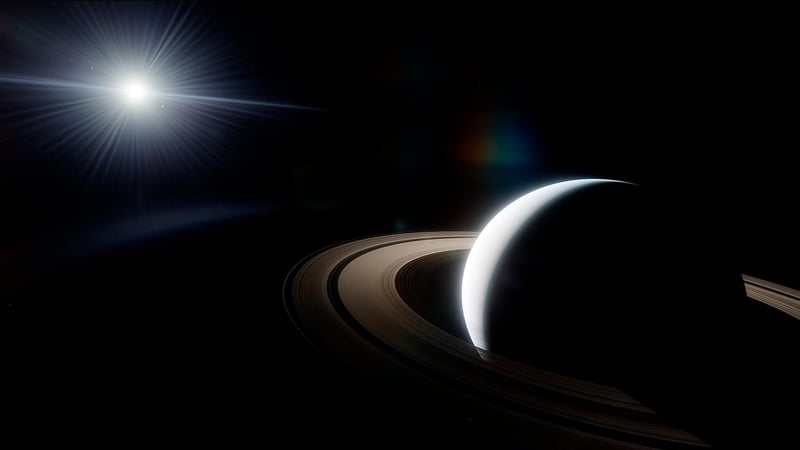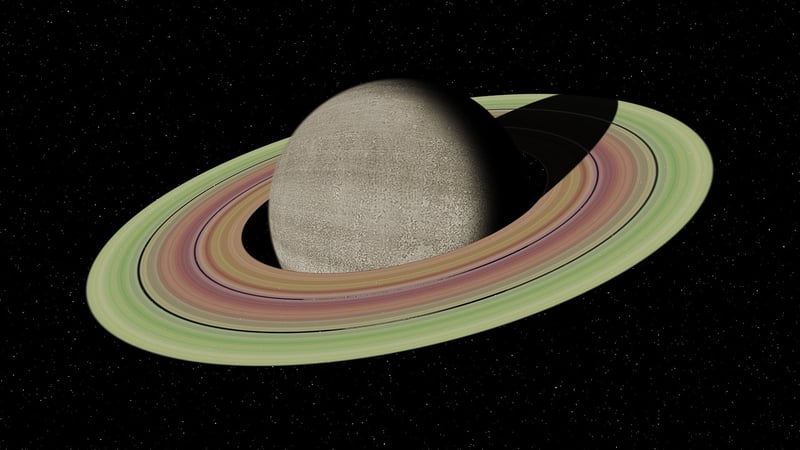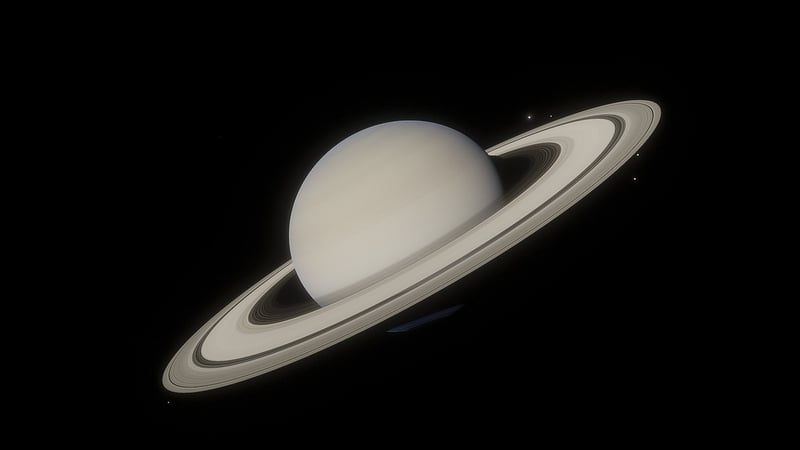Exploring Saturn's Rings
Discover Distant Worlds: Exploring Saturn's Rings

Welcome to a journey through the enchanting rings of Saturn, one of the most mesmerizing planets in our solar system. Saturn, the sixth planet from the Sun, is known for its stunning ring system that encircles the planet in a spectacle of beauty and mystery.
Understanding Saturn's Rings
Saturn's rings are made up of countless icy particles ranging in size from tiny grains to massive boulders. These rings are believed to be the remnants of comets, asteroids, or moons that broke apart before they could reach the planet.
Types of Rings
- Main Rings: The primary rings that are easily visible from Earth.
- Shepherd Moons: Small moons that help maintain the shape of the rings.
- Gossamer Rings: Faint rings composed of microscopic dust particles.
Exploration of Saturn's Rings
Several spacecraft have ventured to Saturn to study its rings up close, including the Cassini-Huygens mission by NASA and the European Space Agency. These missions have provided invaluable insights into the composition, structure, and dynamics of the ring system.

The Cassini spacecraft, in particular, captured breathtaking images of the rings, revealing intricate details and patterns never seen before. Scientists continue to analyze the data gathered by these missions to unravel the mysteries of Saturn's rings.
Key Discoveries
- Spokes: Mysterious radial features within the rings that appear and disappear over time.
- Moonlets: Small moon-like objects that create disturbances in the ring material.
- Ring Dynamics: Study of how the rings interact with Saturn's moons and gravitational forces.
Future Exploration
As technology advances, scientists are eager to plan future missions to Saturn to delve even deeper into the secrets of its rings. These missions aim to uncover more about the origin of the rings, their evolution over time, and their role in the planet's system.
Join us on this cosmic adventure as we continue to explore the wonders of Saturn's rings and unlock the mysteries of our celestial neighbor.
